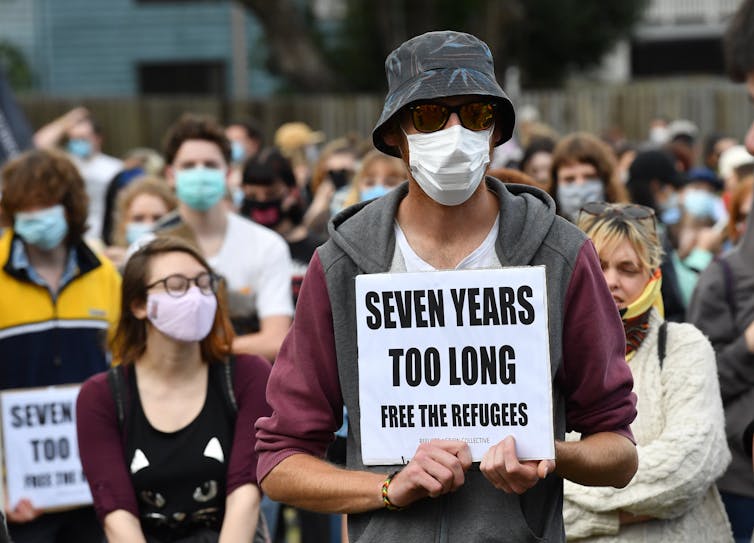With our borders shut, this is the ideal time to overhaul our asylum seeker policies
Denying protection to asylum seekers is neither sustainable nor defensible as long-term policy. Here are ways to make the screening process at airports more just when the borders do reopen.




